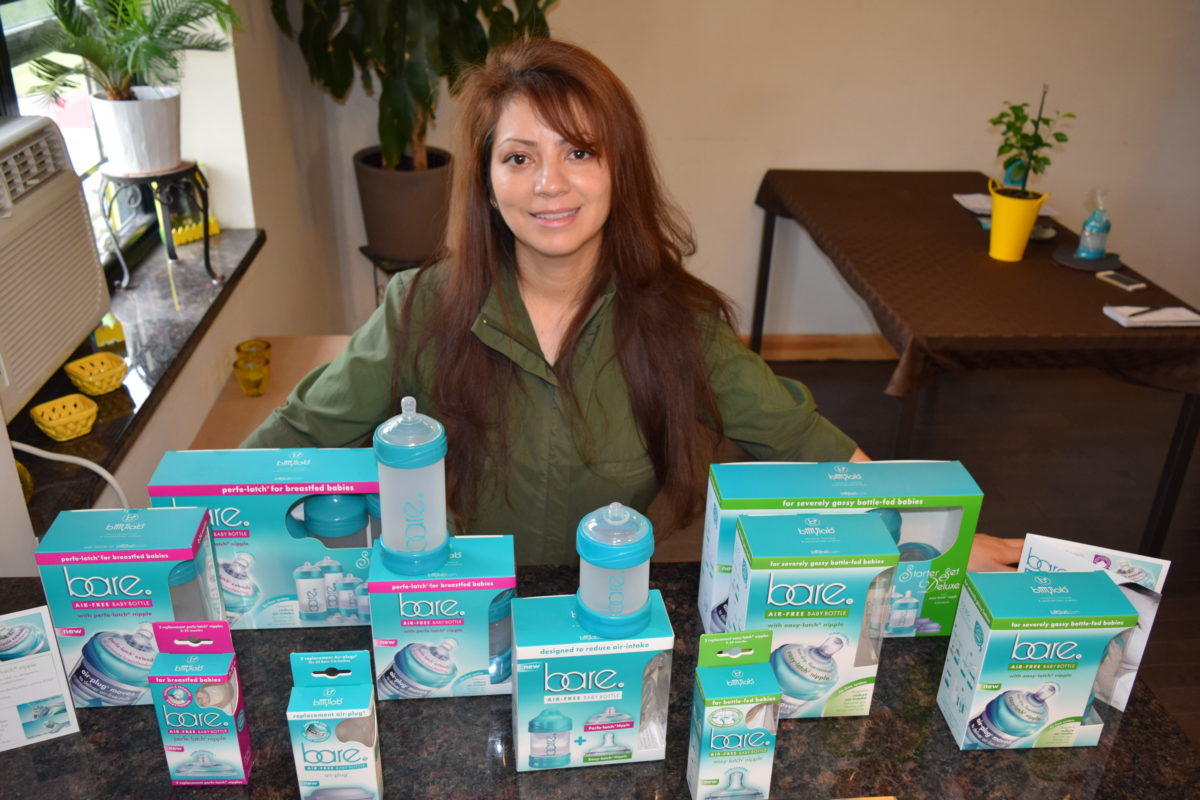It is easy to frame the competition between brick and mortar and online retailers as a classic “in with the new, out with the old” framework, but CEO Reuben Hendell of BrandShop LLC in Shelton thinks his company is in the early stages of a tug-of-war that may never be fully won.
His company provides in-house, end-to-end services from designing and creating online storefronts to handling payments, shipping, warehousing, customer service and more for brands who want to sell their products through their own dedicated online marketplace.
“This game is relatively young versus online retailing in general,” he said. “People have been going to markets since the Dutch created markets. I don”™t think that”™s going anywhere.”
Online retail is certainly growing. The U.S. Department of Commerce estimates total e-commerce sales in 2015 at $341.7 billion, an increase of 14.6 percent from 2014. E-commerce sales last year accounted for 7.3 percent of total sales compared with 6.4 percent of total sales in 2014.
And brick-and-mortar-based retailers are struggling, with companies from Kohl”™s and Macy”™s to Barnes & Noble and RadioShack reporting financial headwinds, repositioning themselves and closing stores in the face of changing consumer shopping habits.
But with online shopping currently approaching 8 percent of total retail sales, it is only a slice of the retail pie and there is ample room for growth in a market Hendell estimates may plateau in the next 10 to 15 years.
“It has taken 20-plus years to get to 8 percent,” he said. “Yes consumer behavior is shifting and things are happening much faster, but in my opinion, terminal velocity is 25 to 30 percent, which would be crazy ”” (Amazon CEO) Jeff Bezos would say ”˜I can”™t even imagine that amount.”™”
Going to stores and shopping is just something people love to do, he said.
“There is shopping versus buying,” Hendell said. “It is a behavior. Shopping online is just not the same. I don”™t care how cool you make it ”” you don”™t touch it, you don”™t smell it ”” it”™s anybody”™s conjecture where this thing ends up.”
After serving as chief strategy officer at eBay, Hendell came to BrandShop, formerly operating under the name SureSource, as a private equity investor when the company restructured in 2014. He has since turned the company around from five years of losing money to a $20 million company projecting 30 percent year-over-year growth in revenue.
He attributes significant aspects of the turnaround to a change in the business model he implemented from the start, which has been to reduce the amount of inventory the company purchases and resells and focus predominantly on providing services for brands to sell the products themselves.
Working exclusively with Fortune 1,000-level companies, BrandShop represents 65 brands including premier names such as Coca Cola, Hershey”™s, Jaguar and Land Rover.
The cost for setting up and integrating a brand with an online storefront ranges between $100,000 to $500,000. Depending on the brand”™s volume of business and level of additional services, the cost can be between $100,000 and $1 million per year, Hendell said.
What does a brand get for that kind of price?
BrandShop does what marketplaces like Amazon and eBay don”™t, which is to create an immersive and broad customer experience for brands to connect with their most loyal and enthusiastic fans, according to Hendell.
“Every one of our clients also sells on Amazon, pretty much, but they don”™t necessarily sell everything that they sell in their own store on Amazon and that”™s one of the core reasons why companies need us to do this,” he said. “Their consumers need to go to someplace to learn all the things about the product they want to tell them.”
Through their own online stores, brands can learn more about their customers and reach them across the rapidly changing online consumer landscape with promotions, offers and specialty products only available through their dedicated online storefront.
Over the last two decades, meeting consumers online has gone from a low to top priority where brands now interact with consumers across a variety of marketplaces, like eBay and Amazon, and sell and attract consumers through social media platforms, Hendell said.
“This is what I believe is the emerging vision of where direct-to-consumer commerce is going,” he said.
The company of 150 employees provides its suite of services from a 300,000-square-foot-office that includes a multistory, 125,500-square-foot warehouse.
Until the arrival of Amazon”™s New Windsor warehouse BrandShop was the largest UPS shipper in the state, Hendell said.
In the last few years the company has added brands like Mrs. Meyer’s Clean Day, Caldrea and Dollar General, and Hendell is predicting to continue current year-over-year revenue growth projections of 30 percent for the next several years.
“We believe we have tapped into a need at a level nobody has in the United States,” he said. “We have some evidence of that in terms of the clients we are working with and winning.”



















